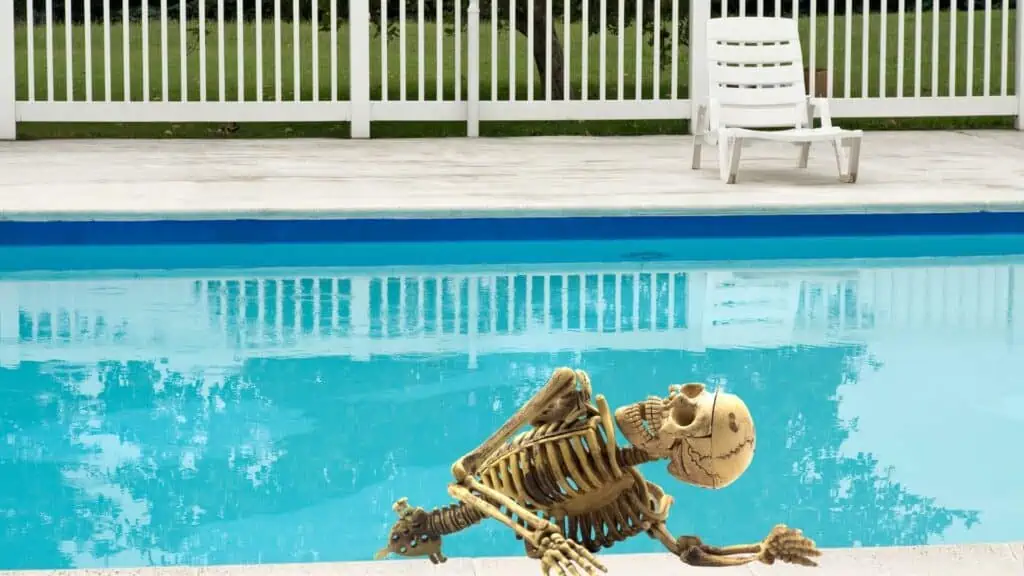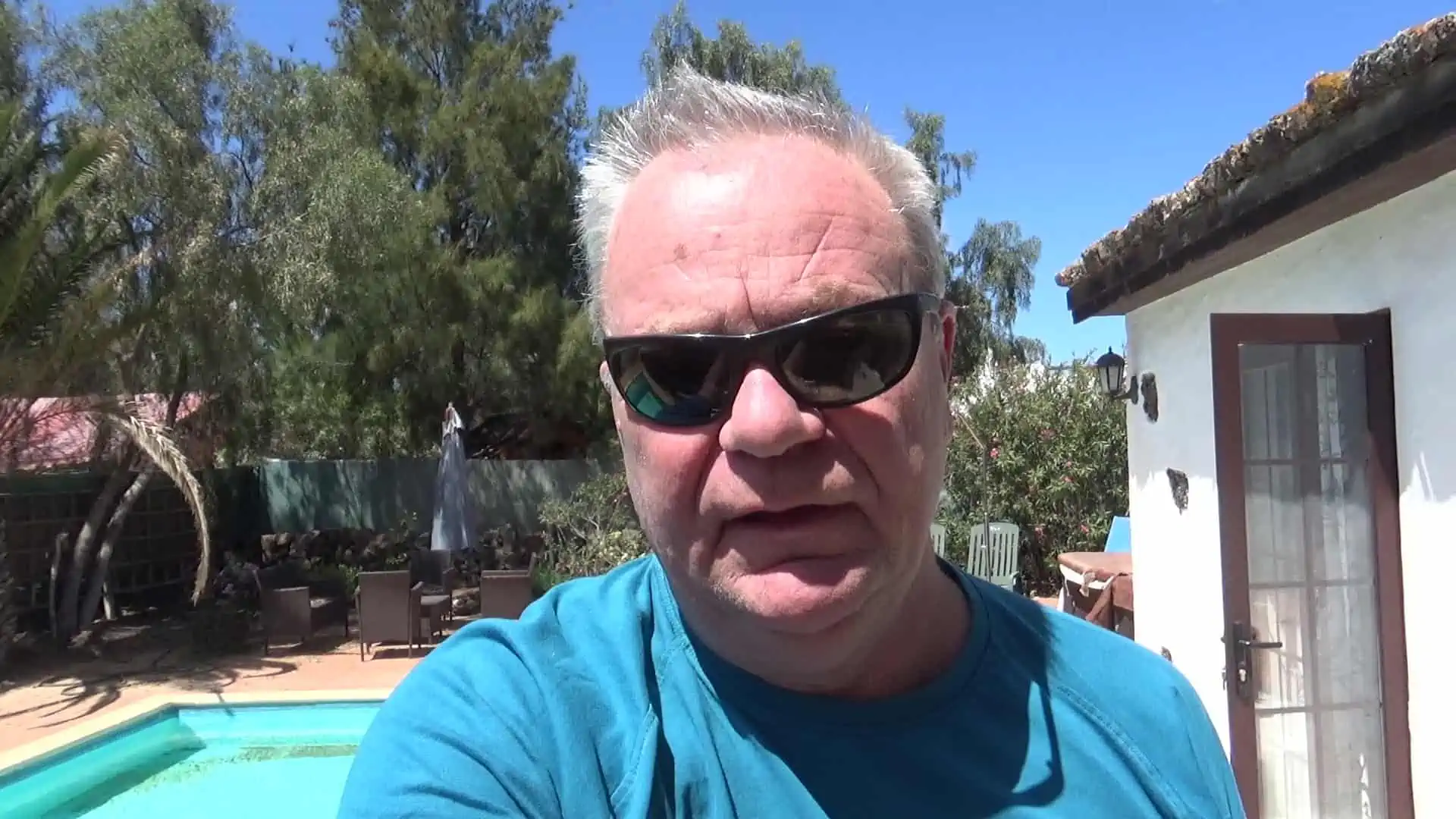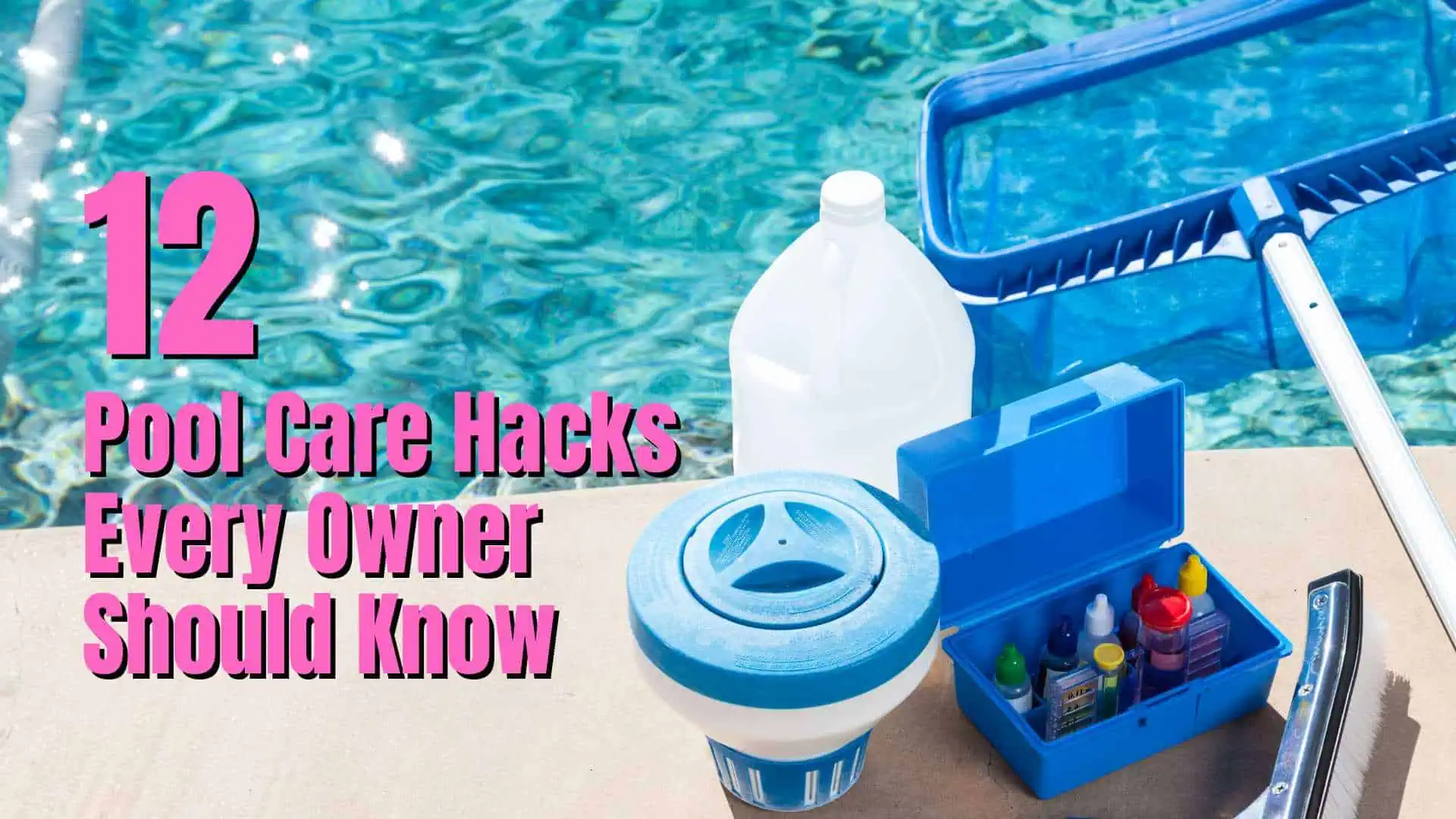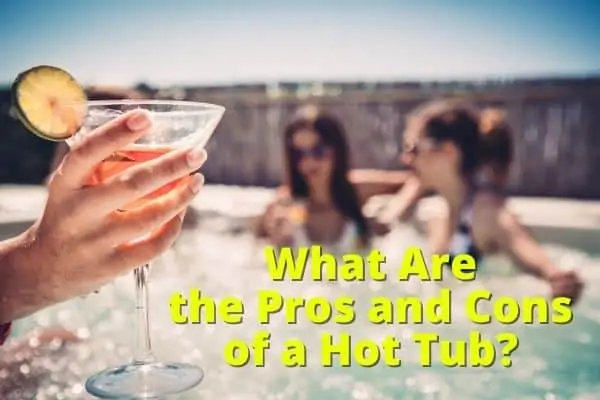When the temperature starts to rise, many of us are desperate to open up our backyards once again to pool parties, family barbecues, and plenty of laughs. But what if your chlorine levels are too high to allow swimming to take place?
This article will give you 8 tips on how to lower chlorine levels in your pool in order to get the water just perfect as soon as possible.
Ready to make a splash? Let’s go!


How to find out if your pool has too much chlorine
Testing your pool’s chlorine levels is all part of keeping up with general pool maintenance. You won’t be able to tell if you have too much chlorine in your pool by simply looking at it, so you will need to take a sample of the water.
Checking you have the correct chlorine level can be done with test strips or you can purchase a liquid test kit. Both are inexpensive and will be available either at your local pool store or online. There are also test strips designed specifically to test for free chlorine and total chlorine levels.
I use these Aquachek 7-way test strips which test for free chlorine, total chlorine, pH, total alkalinity, cyanuric acid (stabilizer) and total hardness.
The chlorine in your pool should be at a level of 3ppm. If you test to find the water is 4ppm or higher, then you need to read the rest of this article!
Recommended Test Strips
How to lower chlorine in pool water
We have gathered together some handy tips to help you safely lower the chlorine levels in your swimming pool.
Tip 1: Remove all sources of chlorine
Removing any chlorine sources will inevitably lower the amount in the pool. The way to do this depends on what type of pool you have.
Saltwater pools
Saltwater pools are often favored above chlorinated pools as they contain very little chlorine. In this type of pool, a saltwater chlorine generator is used to convert salt into chlorine. However, if a problem arises with the generator, it can lead to more chlorine being processed than needed.
In this case, you should try the following:
- Turn the salt chlorine generator down.
- Switch the chlorinator off.
- Close the chlorine feeder valve.
Chlorinated pools
Pool owners are required to manually add chlorine unless they have an inline chlorine dispenser. Therefore, it is easy to see that if not properly monitored there can be excess chlorine levels.
To avoid this, simply stop adding chlorine – remove the chlorine floater from the pool or if you use chlorine tablets, remove them from the pool skimmer or the inline chlorine dispenser.
Tip 2: Ditch the pool cover (when sunny)
Direct sunlight can reduce chlorine levels by up to 90% in just a few hours according to sciencing.com. In this case, chlorine stabilizer, also known as cyanuric acid, is added to the water to act as a sunscreen, or protectant, to the chlorine.
When trying to lower chlorination levels, leaving the pool uncovered during sunny periods is an effective way to reduce the amount. It is worth noting, however, that leaving your pool uncovered for long periods of time affects pool temperature, the chlorine level, and attracts all sorts of dirt and debris. Therefore, we only recommend this as a quick fix.
Tip 3: How to lower chlorine in pool quickly
If you don’t want to wait, you can always invest in a chlorine neutralizer. While this product can be costly, it will get the job done in a jiffy.
BioGuard Chem Out is the most popular product to neutralize chlorine levels on Amazon.
Tip 4: Use sodium thiosulfate
Similar to chlorine neutralizers, sodium thiosulfate is the cheaper version and does pretty much the same job. Again, this chemical works to reduce chlorine levels in your swimming pool water, but also interferes with pH levels. It is wise to always check these levels before and after you add sodium thiosulfate.
Cesco Pool Dechlorinator Sodium Thiosulfate Pentahydrate is very popular and available on Amazon.
Tip 5: Turn up the temperature
Warm, moist places are the perfect breeding ground for bacteria. So increasing the water temperature is a good way to rid your pool of as much chlorine as possible.
Raising the temperature by 10 degrees is ideal. So anywhere around the 90°F mark should work a charm. Then all you need to do is monitor your pool for several hours or so.
Tip 6: Add pool grade hydrogen peroxide
Also known as food-grade hydrogen peroxide, this chemical is often used in pool water as a chemical oxidizer. It works to break down the amount of chlorine into oxygen and water instead.
A huge side effect of using hydrogen peroxide is that it can also lower pH levels. Therefore, you should always test and adjust these levels accordingly after adding it in.
Tip 7: Drain the swimming pool
Sometimes, the best method is to completely drain and refill your swimming pool. Once in a while, you will find the water needs to be replaced anyway, so this may be the tie to do so. However, it isn’t something I would do unless all else fails as it takes a long time to empty and refill plus it is expensive.
If you’d rather not empty it completely, you can always partially drain it and refill it with fresh water.
Tip 8: Spend some time in the pool
This is a cost-free tip – getting into the pool yourself. The reason why we add this chemical to begin with is to sanitize the water. Therefore, any kind of dirt or debris that comes into contact with chlorine will naturally reduce the levels.
Combined chlorine is a term used to describe the reaction that happens when bacteria come into contact with chlorine. Free chlorine is what is leftover to eliminate any extra micro-organisms or dirt.
But what if the amount of chlorine is harmful?
Before making a splash, test the pool chemistry. If the chlorine is above 10ppm you will need to resort to another method. However, if you find it’s around 5ppm, you’re good to go. While 1-3ppm is the recommended amount, it won’t take long for the chlorine to adjust to this number as the excess oil and dirt from the skin will quickly reduce these levels.
If you can find a local hobo then perhaps you can persuade him to take a swim to speed things up! <joke>
Alternative pool sanitizers
If you no longer want to use chlorine to sanitize your swimming pool, there are alternatives.
- The most popular alternative to chlorine as a pool sanitizer is bromine.
- Copper and silver are often used in mineral systems to control the amount of algae and bacteria in pool water. Without getting too technical, these systems work by sending positive charges into the pool water whereby they are attracted to bacteria and other micro-organisms with negative charges. The copper does have the ability to turn hair green and stain pools though, so you might want to have a good think about using this one!
- UV systems are also effective pool sanitizers, however, they only work when the system is turned on. This means that when switched off, the pool water is left unprotected.
- Last of all, we must again mention saltwater pools. The salt chlorine generator uses electrolysis to create chlorine. The only downside to this alternative is that it can be expensive to repair. Salt water pool maintenance.
Pool Care Handbook and Video Course
When I bought my house with a swimming pool, I knew absolutely nothing about pool care. I just winged it for a while, making many mistakes along the way.
Fortunately, I was recommended Swim University’s Pool Care Handbook and Video Course. I bought it and it was an absolute game-changer.
It was the best money I spent that year. I learned everything from basic cleaning to advanced troubleshooting. Swim University offers a no-quibble refund policy too so what do you have to lose?
What are the risks of having an over chlorinated pool?

Chlorine can be a harmful chemical if you have too much chlorine in your pool. Very high chlorine levels can lead to the following problems.
Read my post What happens of you swim in a pool with too much chlorine?
Irritation
First and foremost, signs of too much chlorine in pool can lead to skin and lung irritation, and can trigger allergies. This is the last thing you want when inviting people over.
Interfere with pool chemistry
It can cause an imbalance in the pH levels. Once this happens, it can be very time-consuming to get them back to normal and you may even have to drain and refill your pool.
Damage to the pool itself
High chlorine levels that are left untouched can eventually begin to erode the walls and surfaces of the pool. Equipment such as pool ladders can also be affected.
These risks can all be reduced by following our list of tips set out below.
FAQs
Take a look below at some of our most frequently asked questions when it comes to the subject of the chlorine levels in your pool.
How long does it take for chlorine levels to reduce?
We recommend staying away from your pool for at least 24 hours when making changes to the chlorine levels. However, there is a short cut! If using a non-chlorine pool shock, it may be safe to enter the water after 10-15 minutes (although you should always test the water first!).
Will baking soda lower chlorine level in pool?
Adding baking soda to a pool will not actually lower chlorine levels. However, by using it to bring the pH up to its optimum level will help the chlorine work better which in itself will mean chlorine levels reduce.
Will chlorine level go down by itself??
Yes, given time chlorine levels will reduce by themselves as the chlorine gets used up or evaporates. So if you will not be using it for a few days test again then.

I have had hot tubs for over 20 years and a pool for the last 10 years. I had to learn how to clean, maintain and fix them the hard way. Since then I have helped many friends and neighbors with their pools and now I want to share everything I have learned with you. About Me







